After Cascais, we visited Tavira, a relatively small city at the eastern end of the Algarve, Portugal’s southernmost region.

Tavira is charming and quaint. It still retains the feel of an old Portuguese town. It’s very walkable; there was little vehicular traffic and plenty of pedestrian-only spaces. Everything we wanted to see was within a few blocks of our B&B. We walked no more than 15 minutes to get to the farthest restaurant and grocery store.
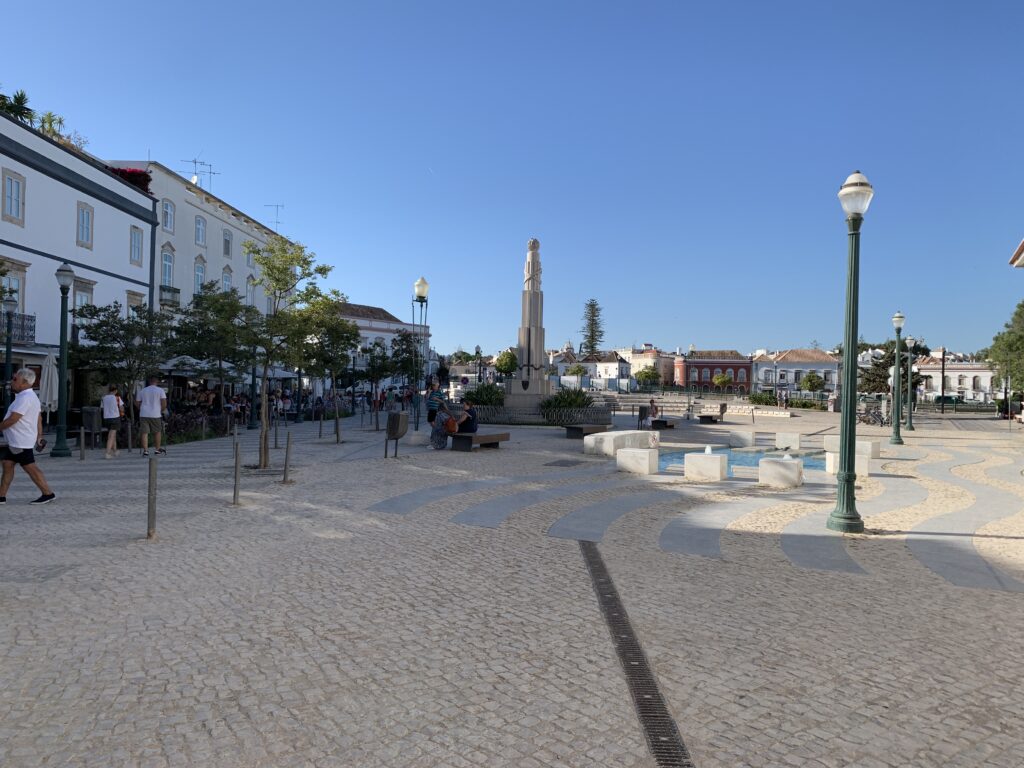
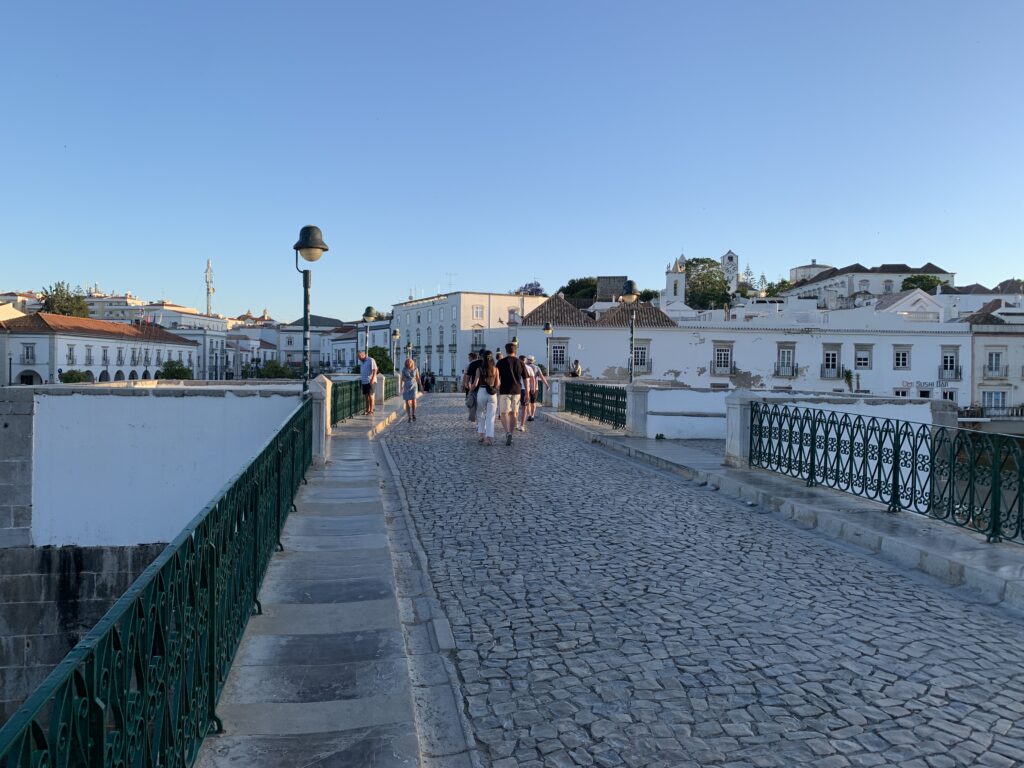

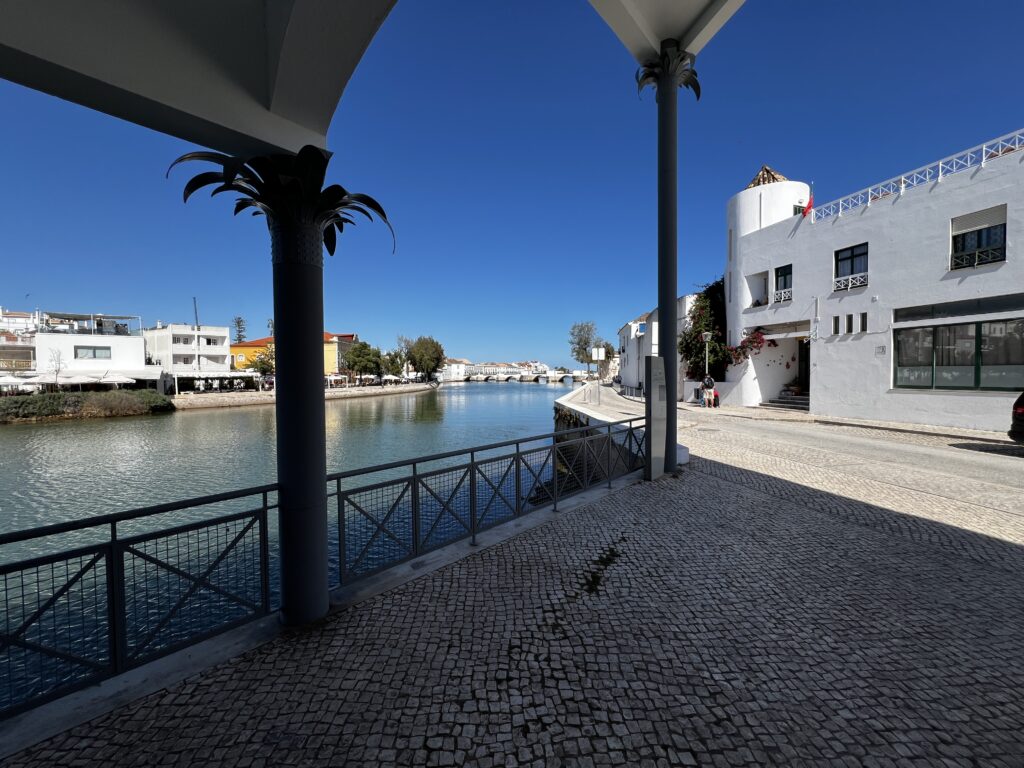
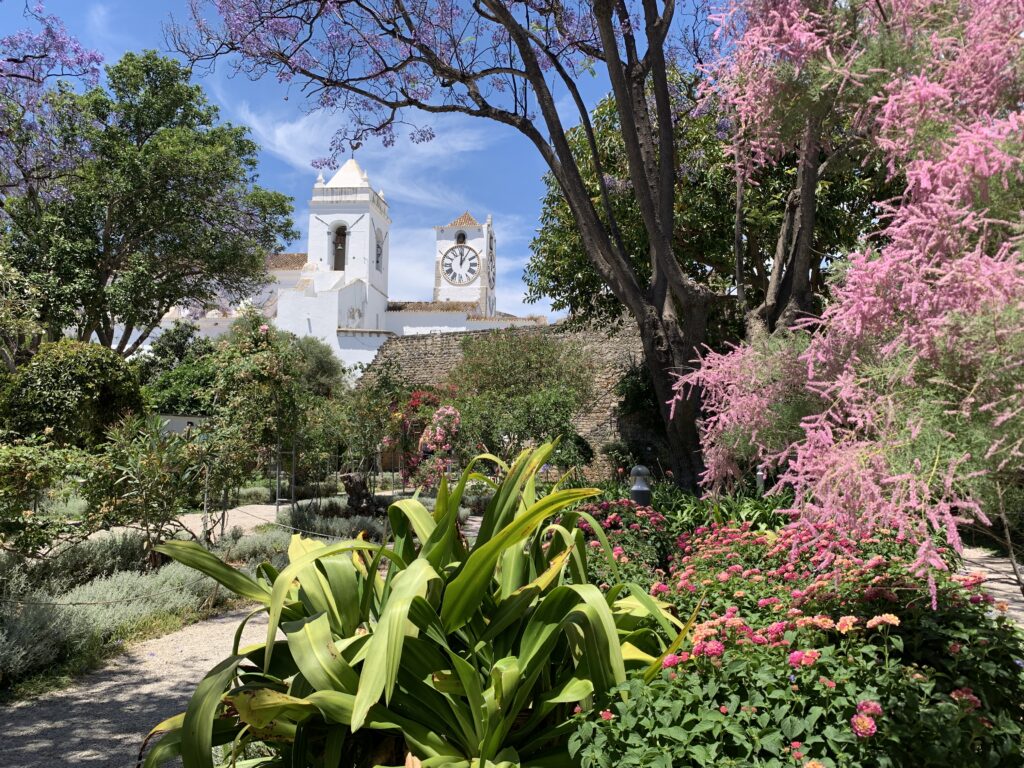
Thankfully, there was very little graffiti!
Our B&B was very nice. Since the owner was a woman, the decor had a lot of feminine touches. But she put a lot of effort into making the place feel like a home rather than simply a place to stay, which we appreciated.
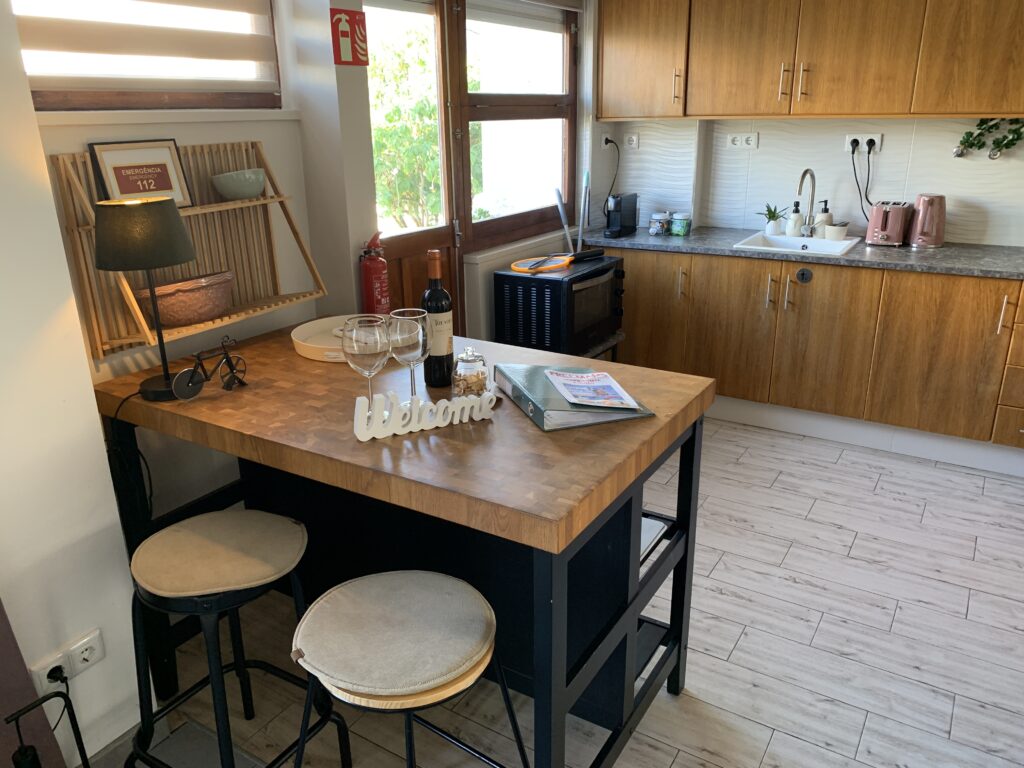
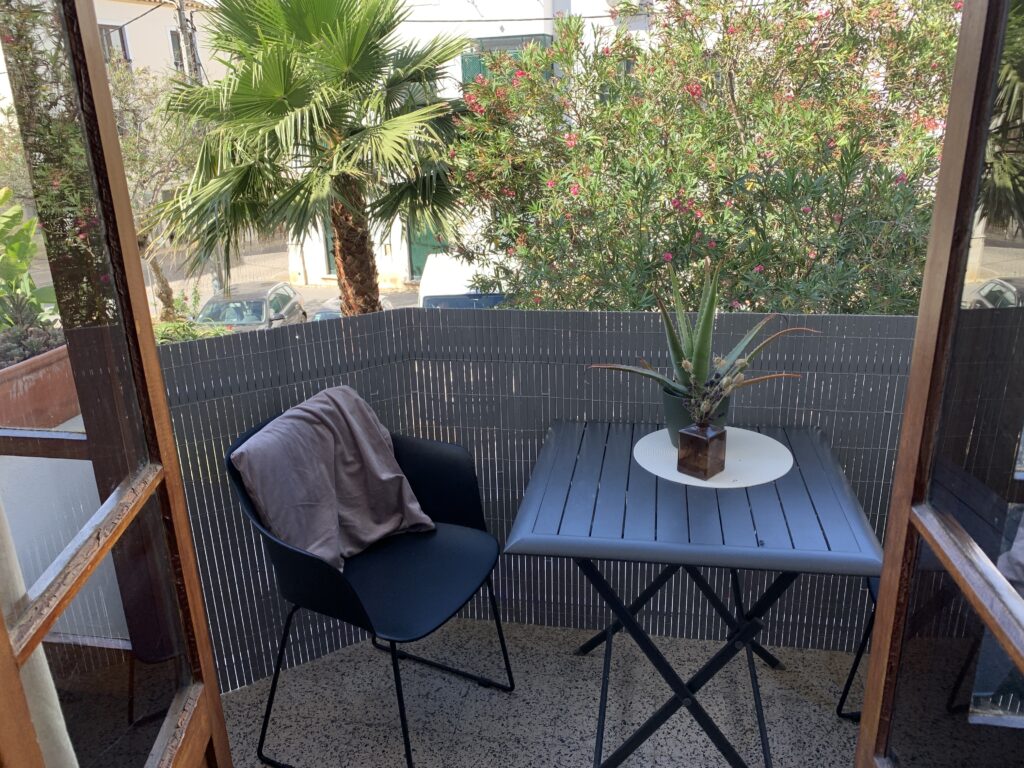
We visited several local points of interest. The municipal museum and the Islamic museum were okay, but two others stood out as particularly unique and interesting.
The Casa Fotographia Andrade is a museum that documents not only the advances of cameras and photography technology over the past 120 years, but also the people and events of Tavira as photographed by four generations of photographers in the Andrade family. The museum is a labor of love created by Miguel Andrade. It truly brought to life the history of Tavira while paying homage to his ancestors.
Photography was not permitted inside the museum, but you can see a few photos on its website.
The Camera Obscura (a.k.a. the Tavira Eye) was constructed in a repurposed water tower at the top of a hill in downtown Tavira. Inside the water tower is a white concave bowl, about ten feet in diameter, surrounded by a wooden walkway. Above it, a periscope-like mirror rises above the water tower. It can be rotated 360 degrees, and it reflects what is currently happening in the city onto the concave bowl. Our guide was the 70-year-old engineer who built the camera obscura single-handedly in 2000. He identified all of the points of interest around the city while providing colorful commentary.
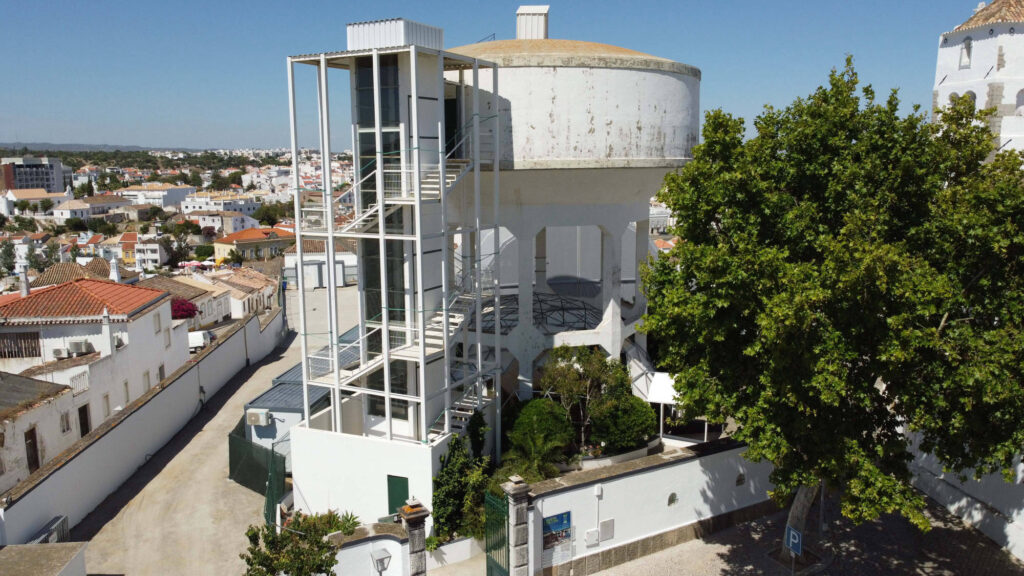
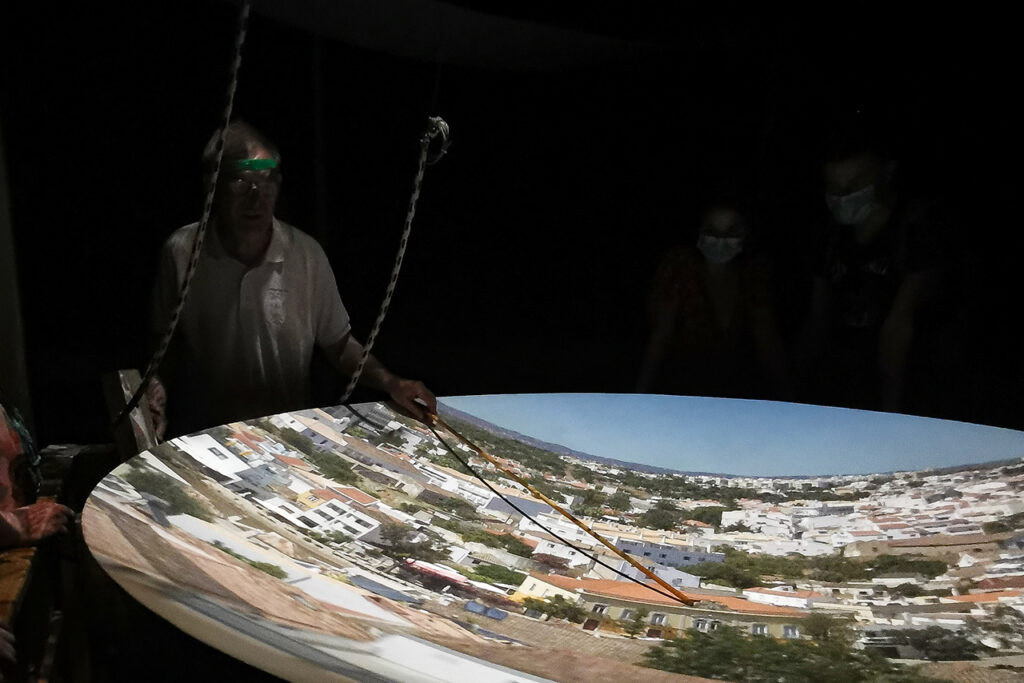
And, of course, we ate. We’ve noticed that most restaurants in Tavira and Carvoeiro have very similar menus. One dish that particularly stands out is the shrimp in a yellow coconut curry sauce. The recipe varies slightly, but it’s always delicious.
Another staple of most Portuguese restaurants is couvert (an appetizer), which is generally a basket of bread with some combination of butter, dipping oil, pate, tapenade, and olives.
And while sangria is a Spanish invention, most restaurants in Portugal offer it as well. It varies from place to place, but it’s always delicious!
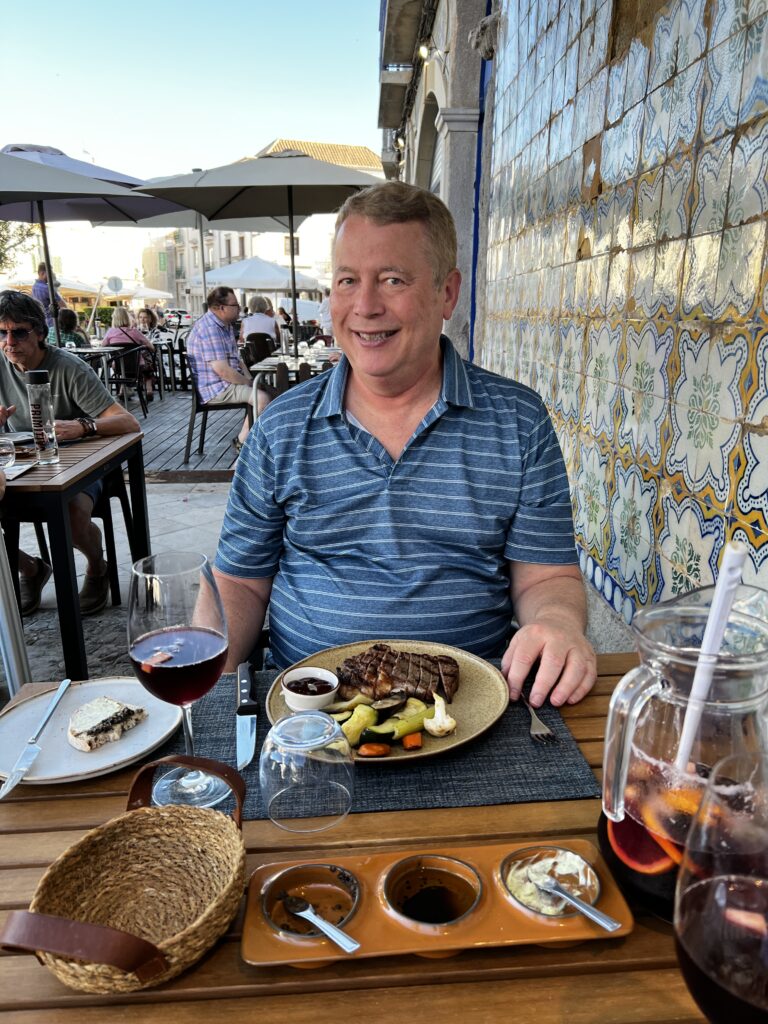
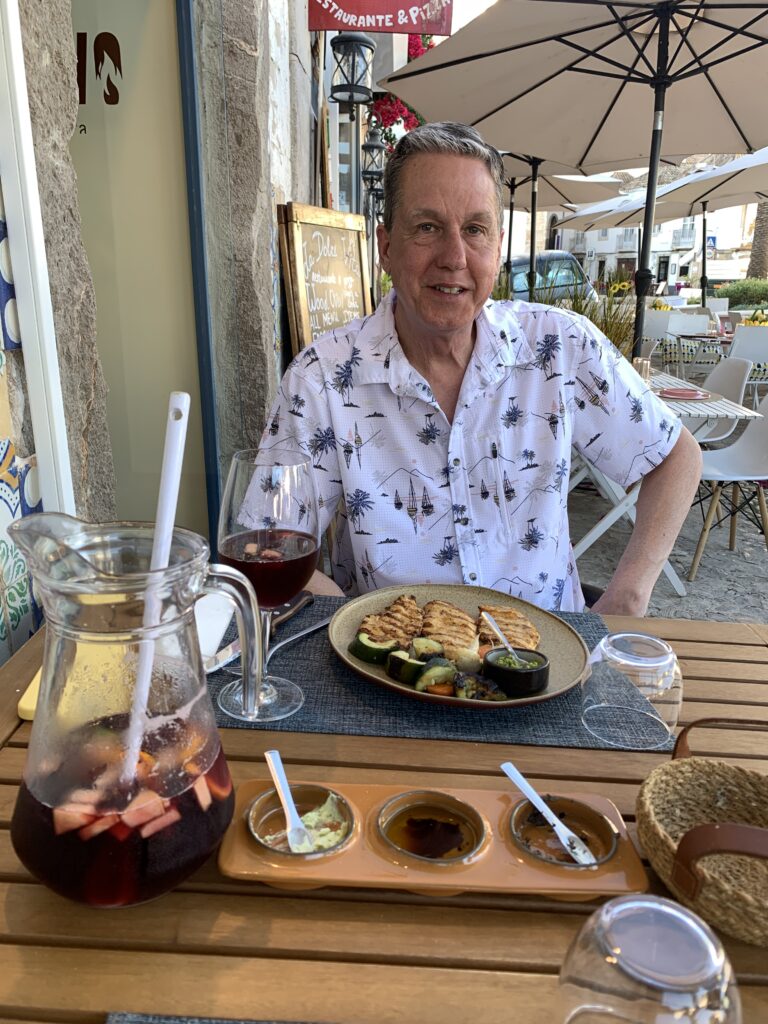
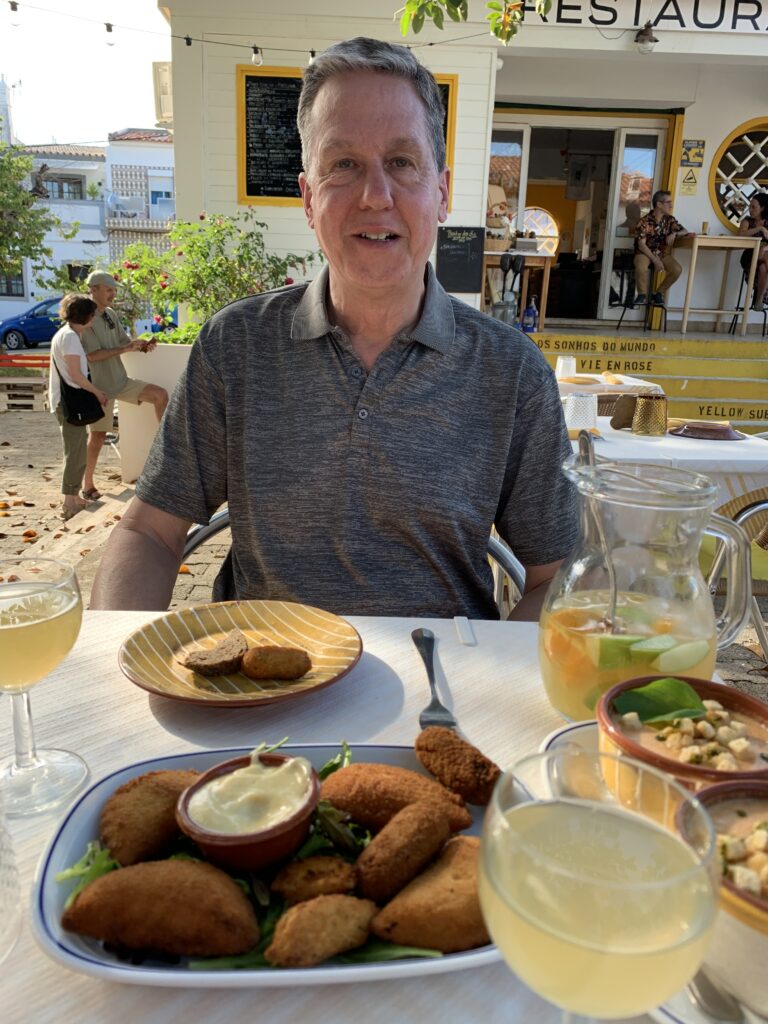
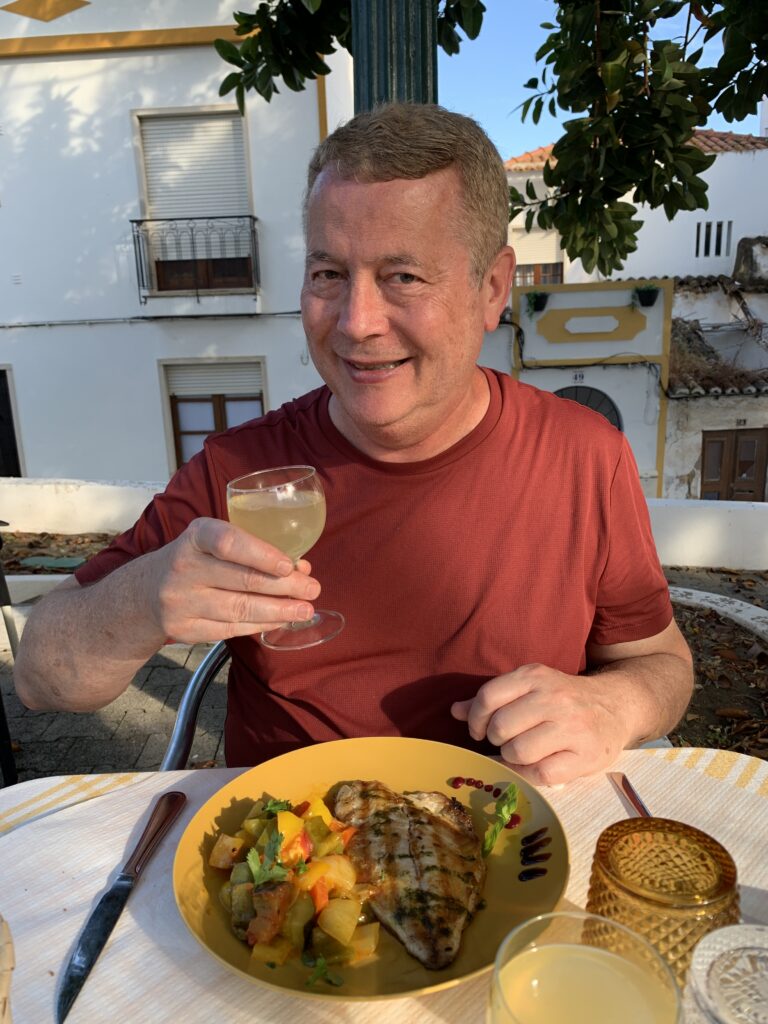
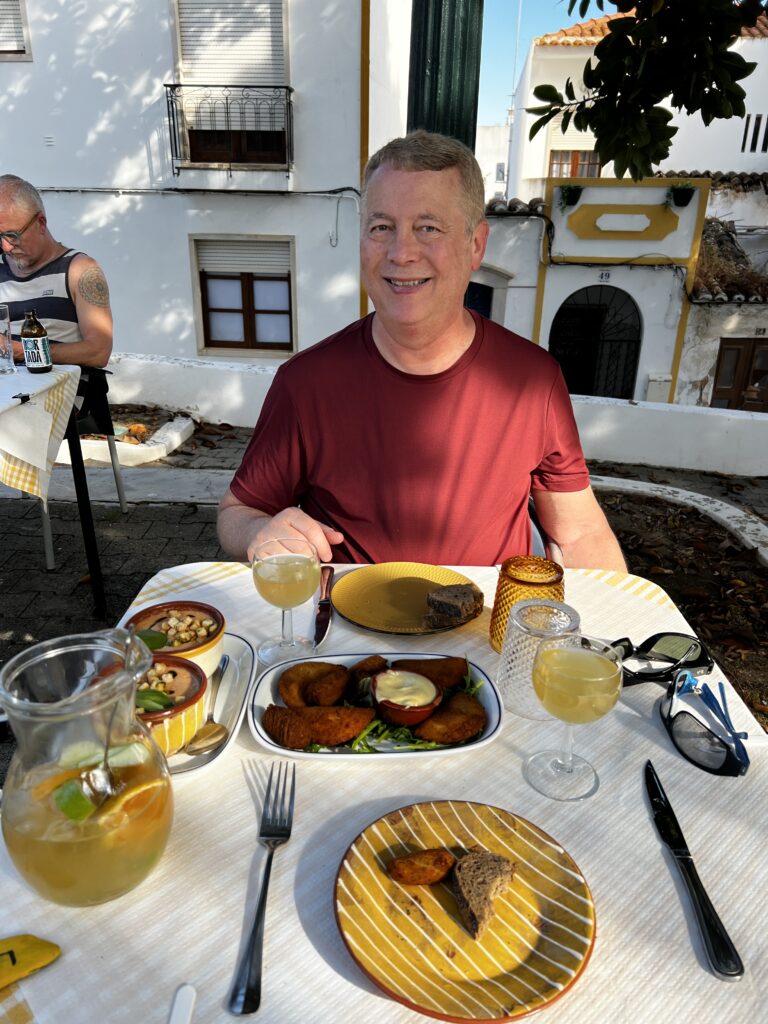
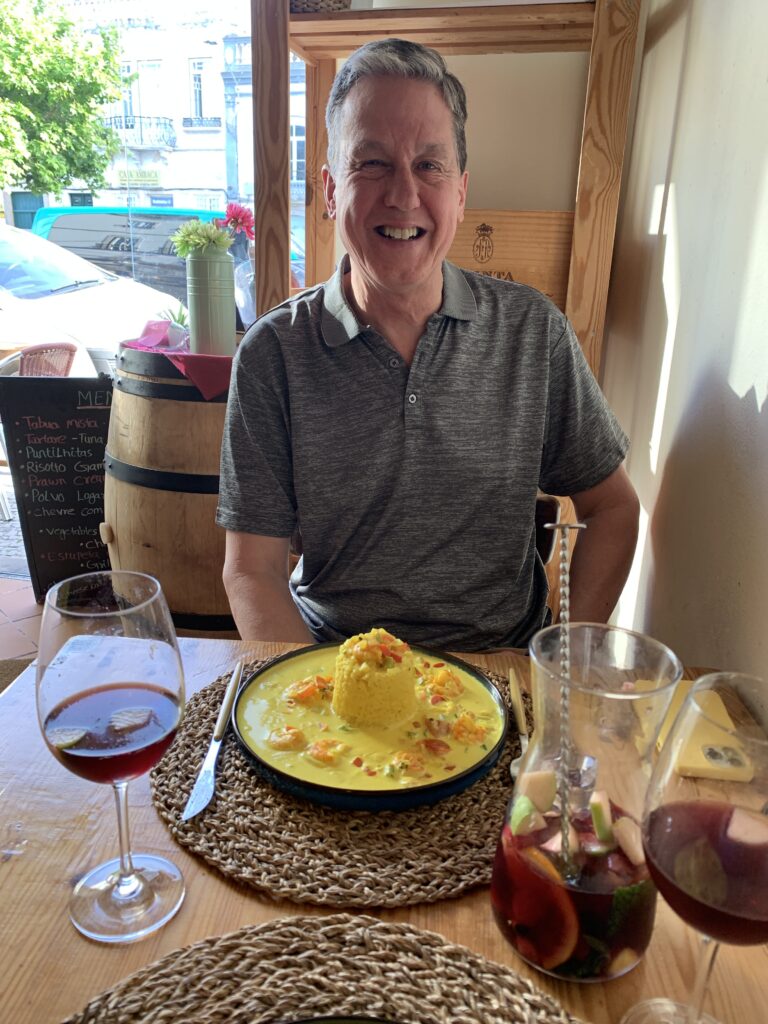
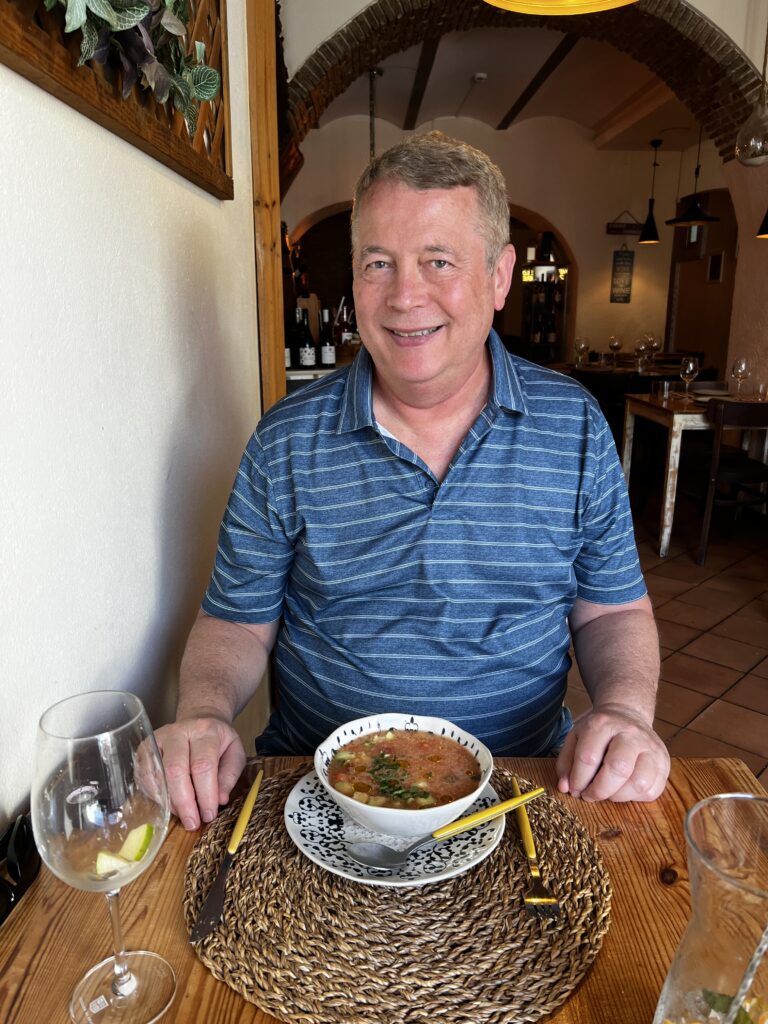
Next: Carvoeiro, farther west on the Algarve coast.

Sounds like a very fun trip so far! I wish you the best of luck in your travels!
Thanks, Garrison!